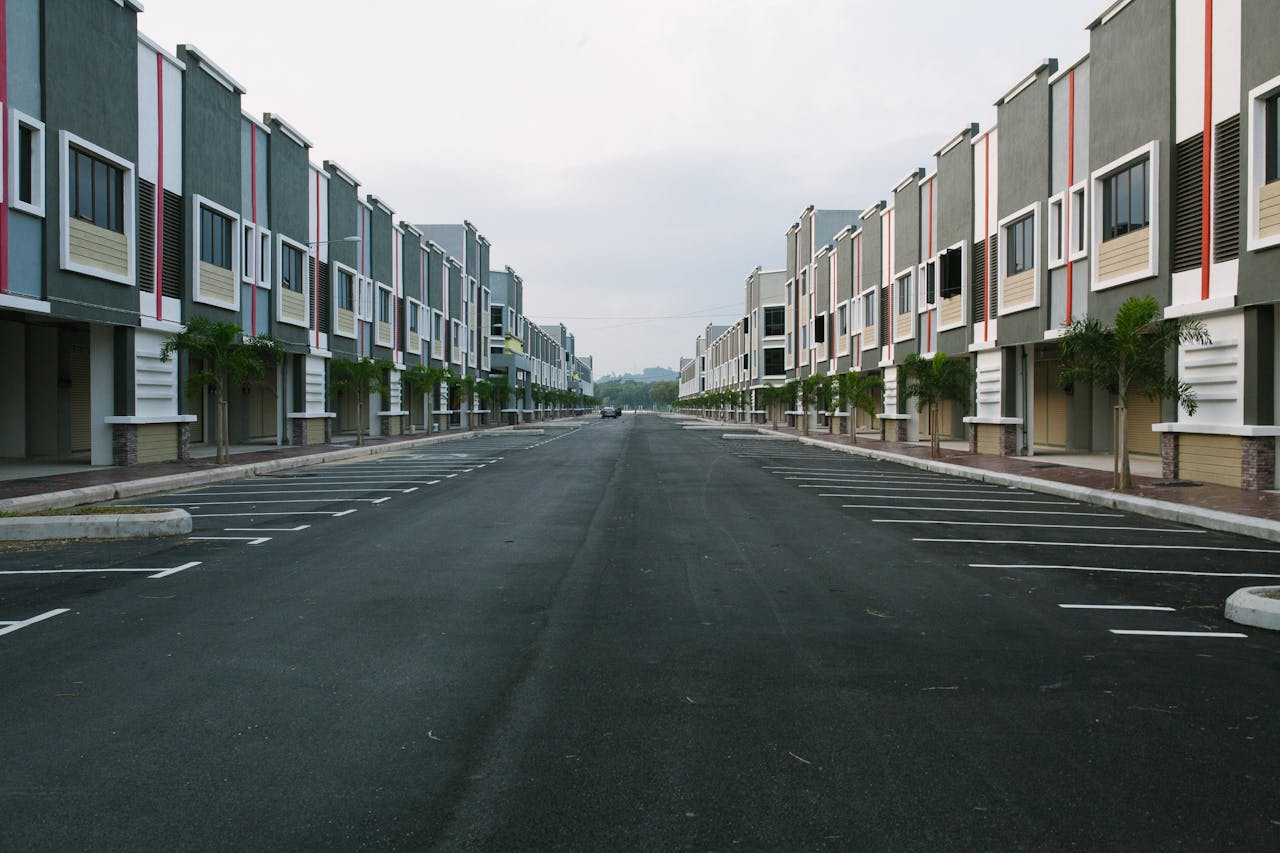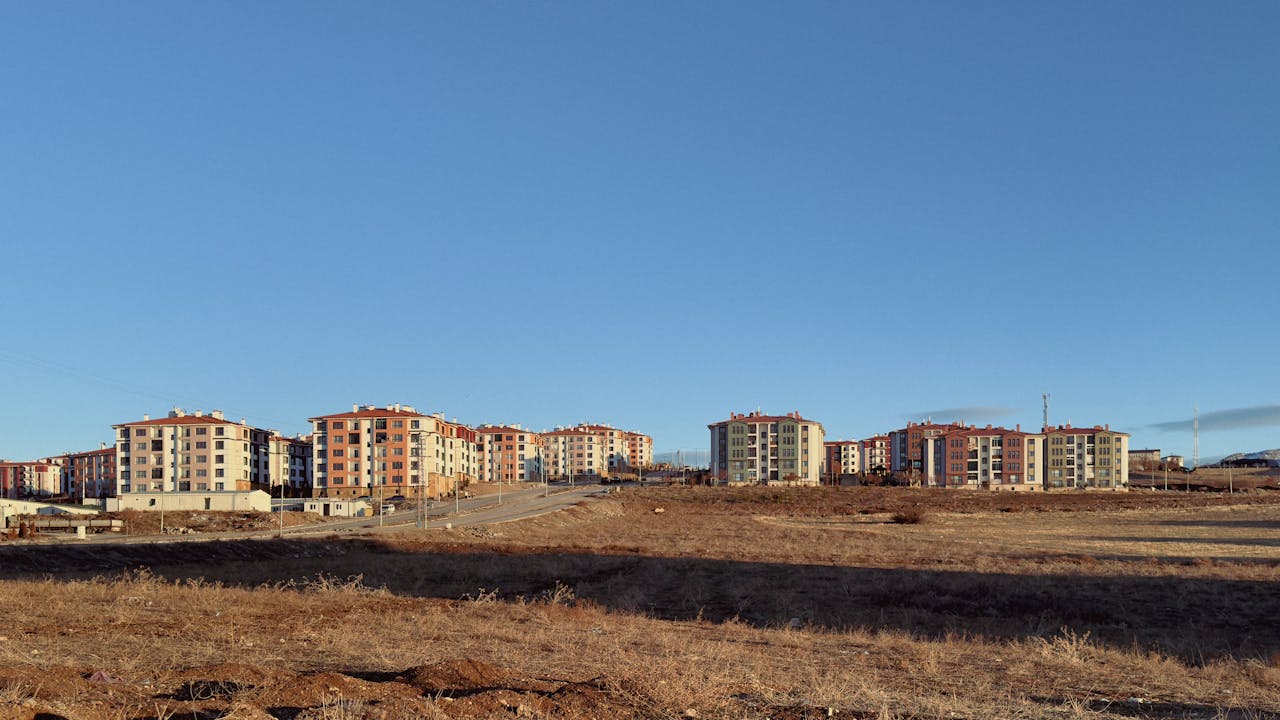

As climate change accelerates, communities worldwide face increasing threats from rising sea levels, extreme weather events, and shifting ecosystems. Master planning plays a pivotal role in creating resilient communities that can adapt and thrive in the face of these challenges. Here are the key strategies shaping climate-resilient urban planning:
1. Climate-Responsive Design
Urban planners are incorporating climate data to create adaptive designs that respond to local environmental conditions. Strategies like elevated infrastructure, flood-proof buildings, and wind-resistant architecture are vital in areas prone to natural disasters. Coastal cities like Rotterdam and New Orleans serve as examples of climate-responsive innovation.
2. Green Infrastructure Integration
Green infrastructure, such as urban forests, rain gardens, and permeable pavements, helps manage stormwater, reduce urban heat islands, and improve air quality. Master plans now prioritize integrating these elements to create environmentally friendly and functional urban spaces.
3. Renewable Energy and Microgrids
Energy resilience is crucial for climate adaptation. Communities are shifting to renewable energy sources like solar and wind while implementing decentralized energy grids, or microgrids, that ensure reliable power during extreme weather events.
4. Water Management Solutions
Water scarcity and flooding are two major challenges linked to climate change. Master plans emphasize efficient water management through reservoirs, desalination plants, and innovative systems like “sponge cities,” which absorb and store excess rainwater to reduce flood risks.
5. Community Engagement in Resilience Planning
A truly resilient community involves its residents in the planning process. Participatory workshops and stakeholder consultations ensure that resilience plans address the unique needs of the population while fostering a sense of collective ownership and preparedness.
6. Multi-Use and Flexible Urban Spaces
Urban spaces are being designed with flexibility in mind, allowing them to serve multiple purposes and adapt to evolving needs. Parks that double as floodplains and modular structures that can be repurposed for emergencies are examples of this adaptive thinking.
7. Long-Term Vision and Policy Alignment
Effective master planning integrates long-term visions for climate resilience with supportive policies and regulations. This ensures that investments in resilient infrastructure, zoning laws, and sustainability initiatives align with overarching goals for climate adaptation.
Examples of Resilient Community Planning in Action
Rotterdam, Netherlands: A global leader in water management, Rotterdam uses flood-resistant infrastructure and green roofs to mitigate climate impacts.
Singapore: Innovative urban greenery and water-sensitive design strategies position Singapore as a model for climate adaptation in densely populated areas.
Copenhagen, Denmark: The city’s Cloudburst Management Plan addresses flooding with green streets and retention areas, ensuring both functionality and aesthetic appeal.
The Future of Climate-Resilient Communities
Adapting to climate change requires visionary thinking, cross-sector collaboration, and innovative solutions. By embedding resilience into the heart of master planning, urban areas can safeguard their futures and enhance the quality of life for their residents.
Together, we can build cities that withstand the test of time—and climate.
Tags :

Longest running master planning & architectural design firms in the Philippines.
Latest Post


